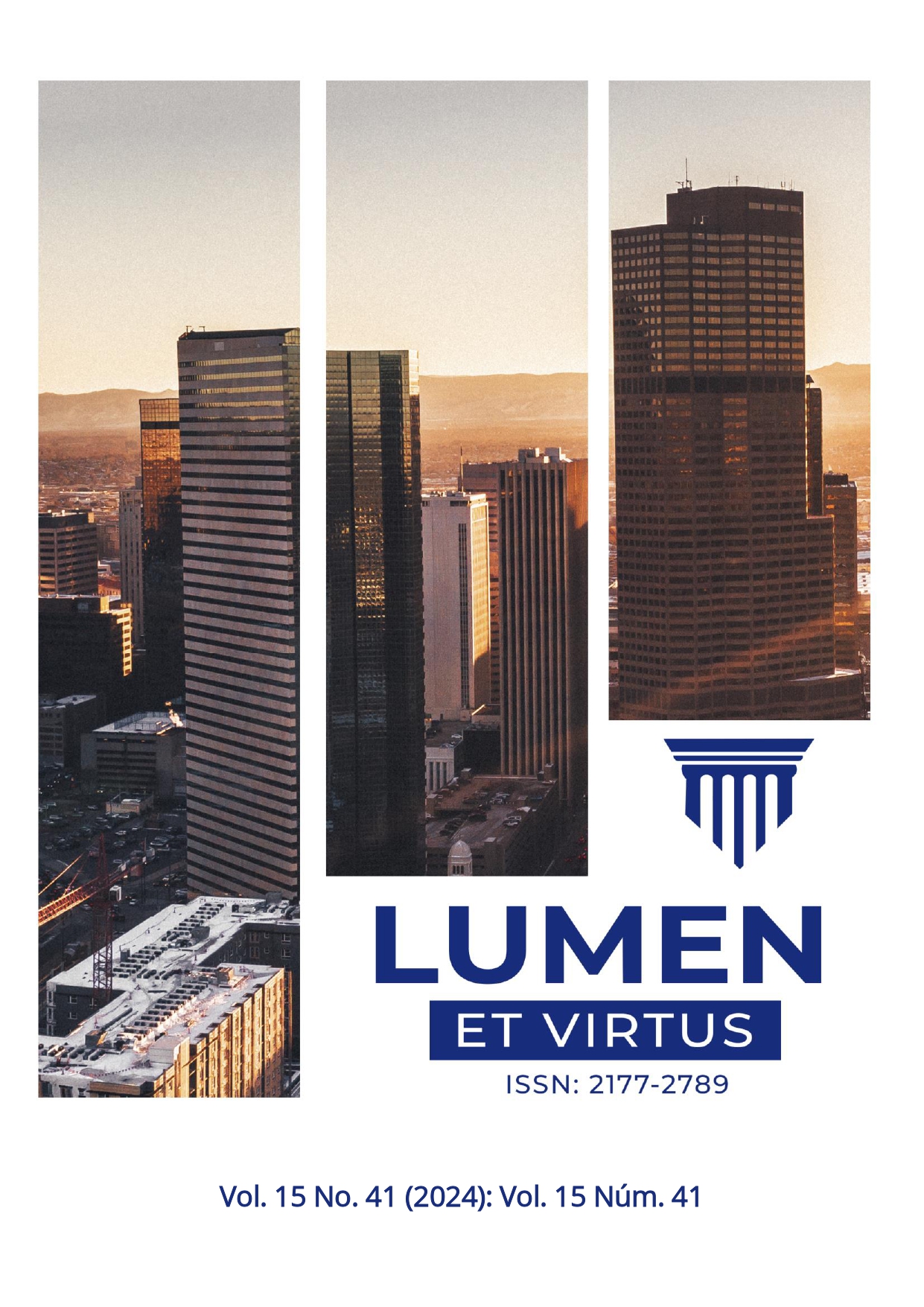URBANIZACIÓN Y DESARROLLO LOCAL Y REGIONAL DEL SURESTE DE MÉXICO
DOI:
https://doi.org/10.56238/levv15n41-030Palavras-chave:
Urbanización, Desarrollo local, MunicipioResumo
En el escenario urbano nacional multiescalar destaca la urbanización de la región sureste por la dinámica acelerada en un entorno rural/disperso y contrastante entre metropolización y numerosas localidades étnicas y de comunidades indígenas en condiciones sociales y ambientales precarias, pero que disponen de recursos socioterritoriales, atractivos a la inversión en sectores estratégicos: petróleo, agroindustria y servicios turísticos; a la par de emprendimientos infraestructurales de movilidad y transporte. Urbanización que replantea el desarrollo entre formas de desposesión de bienes comunes y la resistencia de los pueblos originarios en sus de modos de vida y del habitar territorial. Desarrollo local y regional que pone en perspectiva enfrentar las contradicciones del desarrollismo y las alternativas desde la subalternidad. ¿Qué características redefinen la urbanización singular desde centros de población rurales/dispersos y las formas de desarrollo municipal de comunidades indígenas de alcance regional? Para ello, se examinan los determinantes de la urbanización con la dinámica demográfica y la estructura de asentamientos humanos en zonas de aglomeración/dispersión y el perfil social/étnico, para identificar tendencias del desarrollo. Se procede a revisión estadística poblacional y de localidades y condiciones de acceso a bienes comunes; junto a la planeación/obra pública en municipios comunitarios. Algunos resultados destacan tendencias de urbanización extendida y de persistencia de concentración/dispersión, pero con articulación intermunicipal por los emprendimientos infraestructurales y cierto avance del desarrollo local, por la cohesión social/comunitaria.





